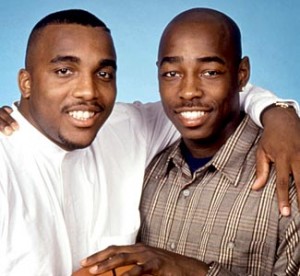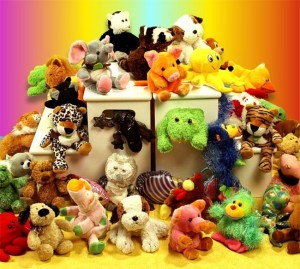Journnal Prompt: Hoop Dreams
Throughout the entirety of this documentary, William and Arthur were both used as agents of potential success for numerous parties. The most prominent of these parties being their own personal families and the coaches for whom they played basketball. The reasons for which I feel they hold agency are quite similar for each party, but provide a different end. For the boys’ families, success through basketball would mean financial success for every immediate family member. Essentially providing everyone in the family with the rags to riches story which most, who are not placed in this sort of harsh reality of coming to age, only see happening for themselves. Secondly, the coaches who coach these boys are under severe scrutiny, constantly, for whether or not they have what it takes, in terms of coaching skills, to take their potential, and turn them into lean, mean, basketball machines.
The only boys only had one choice to change their future: play basketball, and play it well. This was the only avenue to success for these boys who had come of age in distressed environments; drug infested, crime riddled, and hopeless. Arthur and William are totally and completely at the mercy of the coaches in both their separate college choices, as well as the coach they shared at St. Josephs. As painfully depicted in the film, Arthur was not only removed from the basketball team for not playing “well enough”, though he did play to his full potential at that time, but he was also removed from a higher learning opportunity, and placed back into a public school that looked at him as another Black boy in a system that doesn’t work for him anyways.
I think James chose to depict agency in this particular way because there is very little understanding of the role sports and recreational activities play in the lives of William, Arthur, and other boys like them. I think if it was one thing the director could have wanted us to learn from this movie is that what most people use to entertain themselves with (basketball here) is most certainly another thing in the lives of boys coming of age in distressed environments. Basketball is their livelihood; their way out, and even if they play to the best of their ability, their fate still lies in the hands of others. It is the sad, harsh, and unseen reality James really wanted to shed light on within this film.




